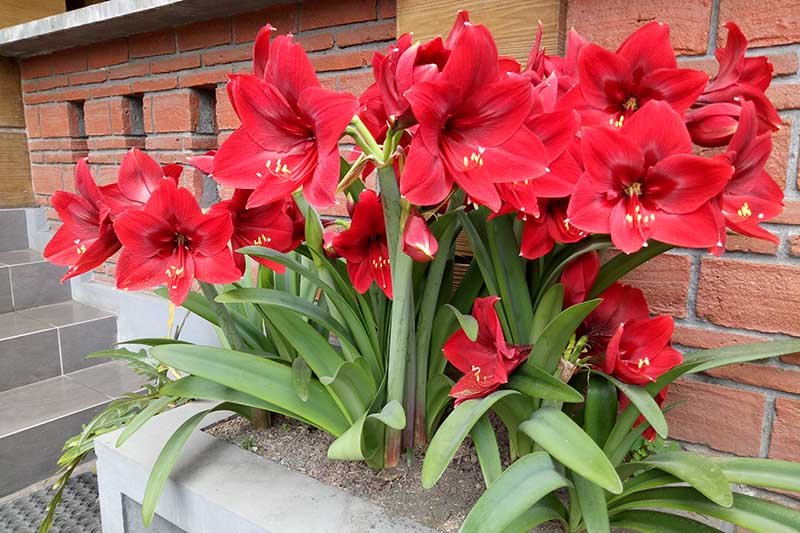Written by Harsiman Kaloti
Introduction
As we all know, climate change and its effects are no news to us, but with temperatures increasing each decade by 0.18° C (0.32° F), a solution is needed soon. The extreme levels of extreme heat stress have more than doubled in the last forty years, and are said to increase more in the next decade. It’s also the leading cause of weather-related deaths in the United States, surpassing tornadoes and floods.
Heat related deaths from 1991-2020; Credit to: NOAA

Heat related deaths from 1989-2018; Credit to: NSW
Not only are there effects in the amount of heat in the air, it also results in more droughts, irregular storms/weather patterns, and a loss of all kinds of species. As UN Secretary-General António Guterres said, “The climate emergency is a race we are losing, but it is a race we can win.” We can win this race with various new technological advancements in the field of STEM to find more energy efficient ways to live our lives. From something as simple as finding a perfect solutions to paper straws to reducing greenhouse gasses, we can all use STEM to help save our planet. Some great advancements in STEM for climate change that are being made include….
Drones that plant trees!

The inside layers of Flash Forests pods; Credit to: Flash Forests
Around 17 million trees have been burned during wildfires in 2023 alone, doubling what it used to be in 1989. Some places where trees are burnt, they are not reachable by human’s, therefore they remain as empty burnt up land for a very long time. To counter this, many people have come up with the idea to use drones to drop seeds so more trees can be planted and can grow. There is a company by the name of ‘Flash Forests’ whose mission is to plant over 1 billion trees all across Canada by 2028. They do this by combining UAV technology, automation, and ecological science to help populate large deforested areas. They map out the area where seeds need to be planted and drones drop pods that have seeds already equipped inside of them, which help give the seedling a jump start into its life as the first few years of a tree are very critical. Each pod is equipped with the seed, water-retention additives, bacteria and fungi that is beneficial to the tree, nutrients, minerals, and a healthy growth medium conditioner. Another innovative thing that has been implemented for quite some time is….
Hydroelectricity!
Hydroelectricity is a renewable energy source that generates power by using a dam that alters the natural flow of a body of water. Moving to using more hydroelectricity can help prevent more greenhouse gas emissions being put into the atmosphere, while using something that we know will be here for a very long time. They work by water flowing through a pipe or penstock, then pushing against and turning blades in a turbine that spins and power a generator who then produces electricity. This can also be known as the ‘Run-of-the-river’ system, where the forces of the river’s current is used to apply pressure on turbines to produce electricity.

The inside of a dam where water flows through it; Credit: Wikimedia
Although Hydroelectricity is not perfect and does have many flaws, it still is an innovation that is gearing us in the right direction to find more renewable ways for new energy sources. Lastly an innovation that I found shocking myself was….
Turning plastic into bricks!

The mastermind herself, Nzambi Matee; Credit: Euronews.culture
Plastic waste is a huge problem that not only affects humans, but thousands of animals and ecosystems as well, taking hundreds of years to fully decompose. To counter this issue, a female entrepreneur in Kenya decided to turn these pieces of plastic into something more practical and usable, bricks! Nzambi Matee founded Gjenge Makers and recycles around 10-25 metric tonnes of plastic every week. They combine recycled plastic with sand to create a mixture which can be molded and made into bricks. The method that Gjenge uses to recycle plastic is mechanical recycling, which is much more cost effective for a developing economy country like Kenya. There are many stages in the process starting with collecting different plastics which are then clean, shredded, and separated into different plastic types. They are then mixed with sand and glass, color also being added into the stage. In the final stage a hydraulic press breaks the mixture into various sizes and shapes depending upon the type of block needed to be made. They then are moved to a cooling bath where they are cooled and then are ready to be laid and used in different places. These bricks in the long term can help out many different things and people, building a future with less plastic thrown around.
Conclusion
Though these are just a few innovations from STEM that are currently helping us fight climate change at full speed, there are still many more to be made or discovered. So let’s all come together and tinker our way to a better world where climate change is not a problem our future generation will have to worry about, since this is a race we still can win.
Sources:
Rebecca L. and Luanna D. “Climate Change: Global Temperatures; January 18, 2023
Alan Buis. “Too Hot to Handle: How Climate Change May Make Some Places Too Hot To Live”; March 9, 2022
Nina Pullano. “Medication Can Raise Heat Stroke Risk. Are Doctors Prepared to Respond as the Planet Warms Up?”; August 20, 2019
U.S Department of Energy. “How Hydropower Works”; n.d.
Mouhamad Rachini. “Historic wildfire season raises questions about tree planting methods.” September 27, 2023
https://www.cbc.ca/radio/thecurrent/wildfire-tree-planting-1.6979583
Gregory W. and Kashif K. “Meet the Kenyan woman turning plastic into bricks.” September 25, 2023

Leave a Reply